it-ebooks - SQLite Documentation
Here you can read online it-ebooks - SQLite Documentation full text of the book (entire story) in english for free. Download pdf and epub, get meaning, cover and reviews about this ebook. year: 2016, publisher: iBooker it-ebooks, genre: Computer. Description of the work, (preface) as well as reviews are available. Best literature library LitArk.com created for fans of good reading and offers a wide selection of genres:
Romance novel
Science fiction
Adventure
Detective
Science
History
Home and family
Prose
Art
Politics
Computer
Non-fiction
Religion
Business
Children
Humor
Choose a favorite category and find really read worthwhile books. Enjoy immersion in the world of imagination, feel the emotions of the characters or learn something new for yourself, make an fascinating discovery.
SQLite Documentation: summary, description and annotation
We offer to read an annotation, description, summary or preface (depends on what the author of the book "SQLite Documentation" wrote himself). If you haven't found the necessary information about the book — write in the comments, we will try to find it.
SQLite Documentation — read online for free the complete book (whole text) full work
Below is the text of the book, divided by pages. System saving the place of the last page read, allows you to conveniently read the book "SQLite Documentation" online for free, without having to search again every time where you left off. Put a bookmark, and you can go to the page where you finished reading at any time.
Font size:
Interval:
Bookmark:
| Overview Documents | |
|---|---|
| A high-level overview of what SQLite is and why you might be interested in using it. | |
| This document describes situations where SQLite is an appropriate database engine to use versus situations where a client/server database engine might be a better choice. | |
| This document enumerates and describes some of the features of SQLite that make it different from other SQL database engines. | |
| The reliability and robustness of SQLite is achieved in large part by thorough and careful testing. This document identifies the many tests that occur before every release of SQLite. | |
| SQLite is in the public domain. This document describes what that means and the implications for contributors. | |
| The title of the document says all... | |
| A list of independently written books about SQLite. | |
| A list of all titled pages on this website, sorted by title. | |
| A cross-reference from keywords to various pages within this website. | |
| Also known as a "keyword in context" or "KWIC" index or as a concordance, this document is a listing of all other documents sorted by keyword. | |
| SQLite Programming Interfaces | Documentation describing the APIs used to program SQLite, and the SQL dialect that it interprets. |
| A very quick introduction to programming with SQLite. | |
| This document introduces the C/C++ API. Users should read this document before the C/C++ API Reference Guide linked below. | |
| Instructions and hints for compiling SQLite C code and integrating that code with your own application. | |
| This document describes each API function separately. | |
| A description of the meanings of the numeric result codes returned by various C/C++ interfaces. | |
| A description of the TCL interface bindings for SQLite. | |
| This document describes the SQL language that is understood by SQLite. | |
| This document describes SQLite performance tuning options and other special purpose database commands. | |
| General-purpose built-in scalar SQL functions. | |
| General-purpose built-in aggregate SQL functions. | |
| SQL functions for manipulating dates and times. | |
| SQL functions for creating, parsing, and querying JSON content. | |
| SQLite version 3 introduces the concept of manifest typing, where the type of a value is associated with the value itself, not the column that it is stored in. This page describes data typing for SQLite version 3 in further detail. | |
| SQLite Features and Extensions | Pages describing specific features or extension modules of SQLite. |
| How to make SQLite work on filesystems that only support 8+3 filenames. | |
| A description of the AUTOINCREMENT keyword in SQLite, what it does, why it is sometimes useful, and why it should be avoided if not strictly necessary. | |
| The can be used to copy content from a disk file into an in-memory database or vice versa and it can make a hot backup of a live database. This application note gives examples of how. | |
| Notes on using the "sqlite3.exe" command-line interface that can be used to create, modify, and query arbitrary SQLite database files. | |
| SQLite supports an "error and warning log" design to capture information about suspicious and/or error events during operation. Embedded applications are encouraged to enable the error and warning log to help with debugging application problems that arise in the field. This document explains how to do that. | |
| This document describes the support for foreign key constraints introduced in version 3.6.19. | |
| A description of the SQLite Full Text Search (FTS3) extension. | |
| Notes on how to create indexes on expressions instead of just individual columns. | |
| Should you store large BLOBs directly in the database, or store them in files and just record the filename in the database? This document seeks to shed light on that question. | |
| This document describes limitations of SQLite (the maximum length of a string or blob, the maximum size of a database, the maximum number of tables in a database, etc.) and how these limits can be altered at compile-time and run-time. | |
| SQLite supports memory-mapped I/O. Learn how to enable memory-mapped I/O and about the various advantages and disadvantages to using memory-mapped I/O in this document. | |
| SQLite is safe to use in multi-threaded programs. This document provides the details and hints on how to maximize performance. | |
| Different SQL database engines handle NULLs in different ways. The SQL standards are ambiguous. This (circa 2003) document describes how SQLite handles NULLs in comparison with other SQL database engines. | |
| A partial index is an index that only covers a subset of the rows in a table. Learn how to use partial indexes in SQLite from this document. | |
| A description of the SQLite R-Tree extension. An R-Tree is a specialized data structure that supports fast multi-dimensional range queries often used in geospatial systems. | |
| A general overview on how run-time loadable extensions work, how they are compiled, and how developers can create their own run-time loadable extensions for SQLite. | |
| Version 3.3.0 and later supports the ability for two or more database connections to share the same page and schema cache. This feature is useful for certain specialized applications. | |
| The "unlock notify" feature can be used in conjunction with to more efficiently manage resource conflict (database table locks). | |
| The names of database files can be specified using either an ordinary filename or a URI. Using URI filenames provides additional capabilities, as this document describes. | |
| The WITHOUT ROWID optimization is a option that can sometimes result in smaller and faster databases. | |
| Transaction control using a write-ahead log offers more concurrency and is often faster than the default rollback transactions. This document explains how to use WAL mode for improved performance. | |
| Advocacy | Documents that strive to encourage the use of SQLite. |
| This article advocates using SQLite as an application file format in place of XML or JSON or a "pile-of-file". | |
| This page lists a small subset of the many thousands of devices and application programs that make use of SQLite. | |
| SQLite Technical/Design Documentation | These documents are oriented toward describing the internal implementation details and operation of SQLite. |
| SQLite is highly resistant to database corruption. But application, OS, and hardware bugs can still result in corrupt database files. This article describes many of the ways that SQLite database files can go corrupt. | |
| SQLite can potentially use many different temporary files when processing certain SQL statements. This document describes the many kinds of temporary files that SQLite uses and offers suggestions for avoiding them on systems where creating a temporary file is an expensive operation. | |
| SQLite normally stores content in a disk file. However, it can also be used as an in-memory database engine. This document explains how. | |
| A description of the logic within SQLite that implements transactions with atomic commit, even in the face of power failures. |
Font size:
Interval:
Bookmark:
Similar books «SQLite Documentation»
Look at similar books to SQLite Documentation. We have selected literature similar in name and meaning in the hope of providing readers with more options to find new, interesting, not yet read works.
Discussion, reviews of the book SQLite Documentation and just readers' own opinions. Leave your comments, write what you think about the work, its meaning or the main characters. Specify what exactly you liked and what you didn't like, and why you think so.



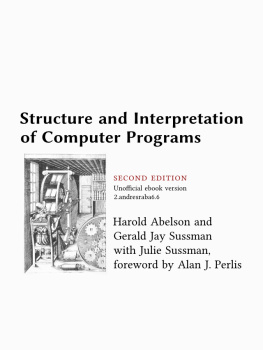
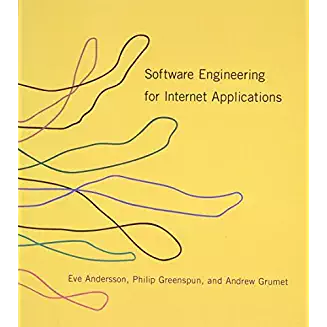

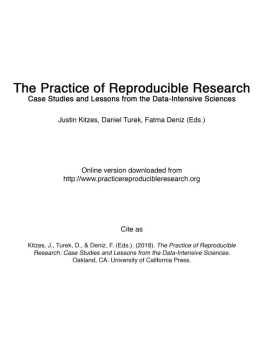
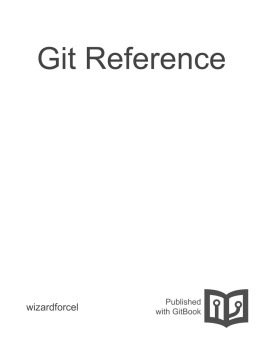

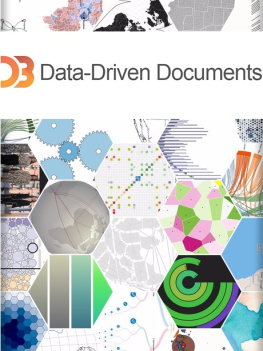
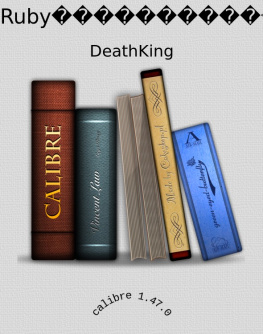
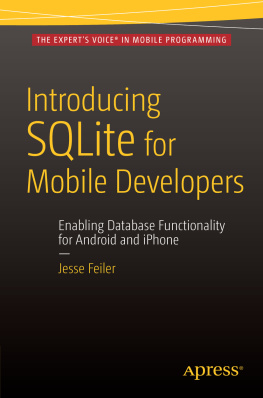
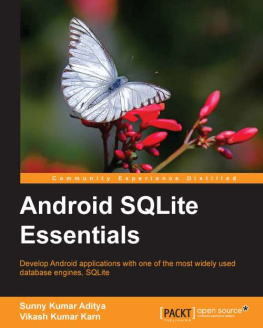
![Jay A. Kreibich - Using SQLite : [Small. Fast. Reliable. Choose any three]](/uploads/posts/book/149624/thumbs/jay-a-kreibich-using-sqlite-small-fast.jpg)
